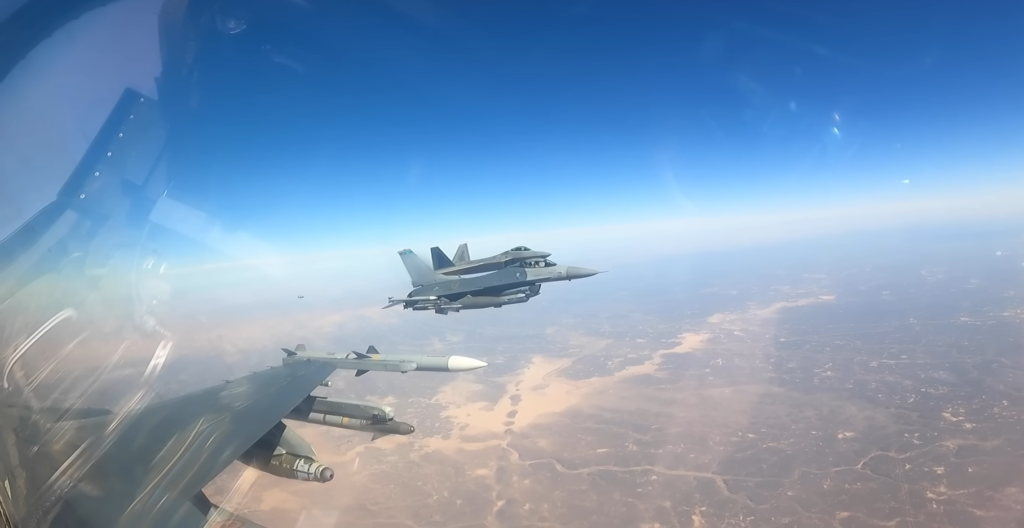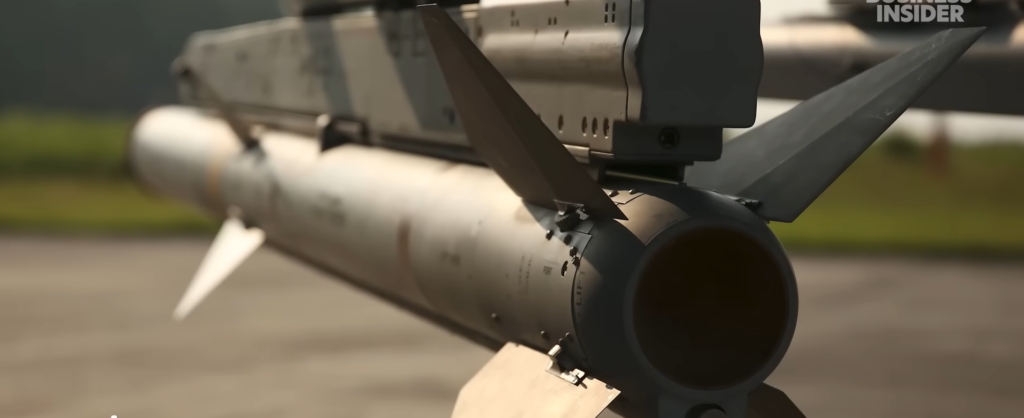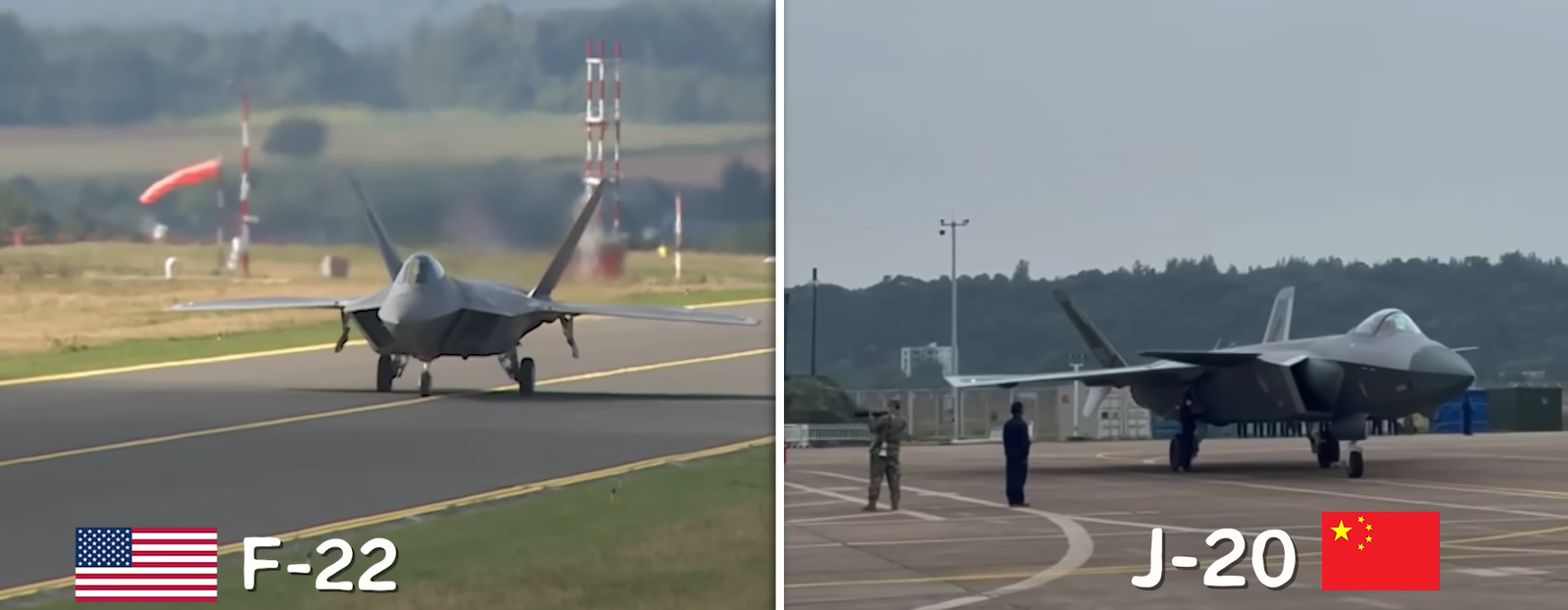As tensions persist between the United States and China, one key area where the military balance of power is closely watched is in fighter jets. The U.S. F-22 Raptor and Chinese J-20 “Mighty Dragon” fighter jets represent the most advanced stealth air superiority fighters in their respective arsenals. But how do these fifth-generation jets truly compare?
Stealth
Let’s start with stealth – the ability to evade detection by radar and other sensors is paramount for modern fighter jets. The F-22, developed by Lockheed Martin, is widely regarded as having one of the smallest radar cross-sections of any military aircraft thanks to its precise stealth shaping and radar-absorbent coatings. Estimates suggest its radar signature could be as small as a marble.

China has officially accused the U.S. of stealing defense technology it used to build the J-20, which does appear to incorporate some stealthy design features like angled surfaces and a radar-absorbing coating. However, assessing its actual stealth capabilities compared to the F-22 remains extremely difficult given Beijing’s secrecy around fighter jets.
Speed, Range and Sensor
Beyond just evading radar, fifth-generation fighter jets need the speed, range and sensor integration to penetrate heavily-defended airspace and neutralize enemy forces before being detected themselves. Here, the F-22 seems to hold a substantive advantage thanks to its supercruise capability.
The Raptor’s Pratt & Whitney engines allow it to cruise at supersonic speeds without using its fuel-gulping afterburner. This gives it greater range and a smaller heat signature compared to fighter jets that can only go supersonic in short bursts. Open sources suggest the J-20 lacks a reliable supercruise-capable engine.
Payload Capacity
Turning to armaments, while the J-20 can theoretically carry a larger overall payload, both fighter jets are primarily reliant on long-range air-to-air missiles to take out targets from beyond visual range. The J-20 carries the PL-15 missile with a 190-mile range, while the F-22 uses the combat-proven AIM-120 AMRAAM which can engage from over 100 miles out.
So in raw capabilities like stealth, speed, sensors and armaments, the F-22 does appear to have the overall edge as the most advanced operational air superiority fighter on the planet today. As one U.S. Air Force report bluntly states, the F-22 “cannot be matched by any known or projected fighter aircraft.

However, it’s debatable whether the J-20 needs to achieve a universal advantage over the Raptor. China’s strategic goals likely center on denying US access to its mainland air defenses and surrounding waters. If the J-20 can effectively counter other fourth-generation fighter jets like the F-15 or F-16, while being difficult for ground radars to detect and track, it may still tilt the balance of air power in China’s favor over its core territories.
Importance of Fighter Jets
Additionally, while the F-22 is superior on paper, China is estimated to have over 200 J-20s entering service compared to just 186 Raptors built for the U.S. Air Force before production ended. Sheer numbers coupled with increasing pilot experience could offset some of the qualitative lead America’s stealth fighter jets enjoys.
Read More:- Indian Submarines: Exploring World’s Strongest Navies
Ultimately, while the F-22’s blend of cutting-edge stealth, sensors and hypersonic missiles make it the premier air superiority fighter today, the J-20 represents an increasingly capable challenge as China continues prioritizing advanced aerospace capabilities. As the military rivalry intensifies, control of the skies could well emerge as a critical battleground.
Do you like anime? Visit Pop Media Pulse
